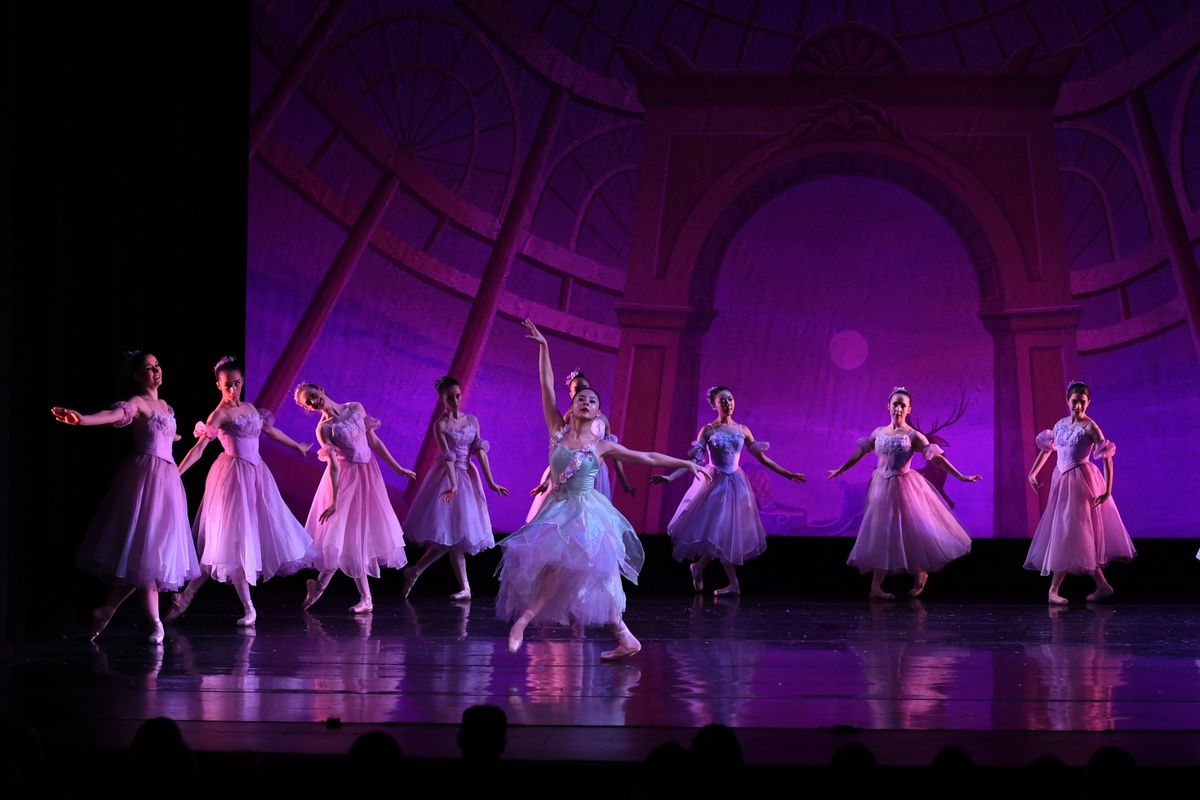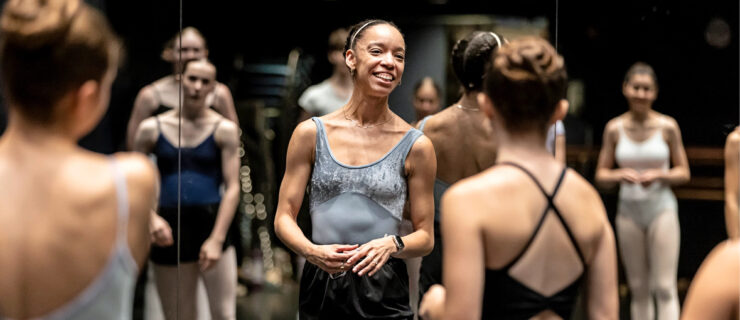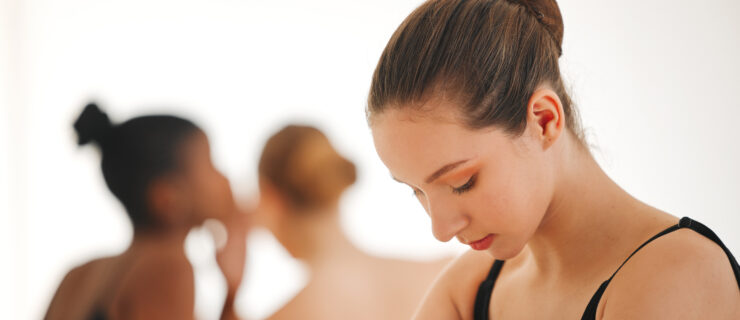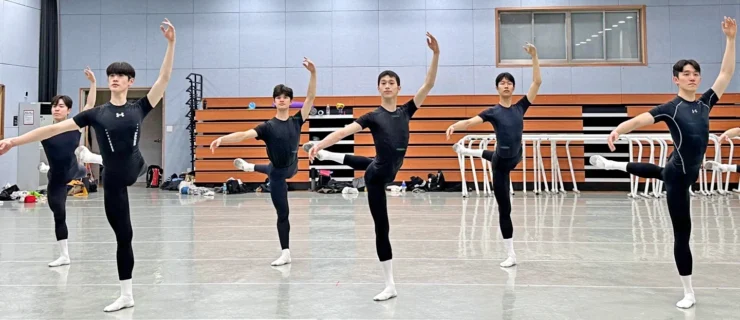Mastering the Waltz Turn: Ballet Academy East Teacher Francis Patrelle Shares His Advice
The waltz turn, says Ballet Academy East teacher and Dances Patrelle artistic director Francis Patrelle, must be distinguished from a dainty balancé en tournant. Here, he shares how he encourages his students to bring “American largesse” to this luscious, sweeping movement.
Keep moving:
“In the waltz turn, every step you take is forward,” says Francis Patrelle. “Brush or développé to croisé en avant, then two steps on relevé—wait, don’t turn yet!” In one beat, turn and brush or développé back, and then step forward again through fourth position.
“Push the walls away”:
Many small errors, Patrelle notes, inhibit dancers’ ability to travel. “The most common correction I give is that there is no rond de jambe in your waltz turn. Find the way to make it the freest and smoothest, make it bigger, flow through it!”

Frances Patrelle. Photo by Christopher Duggan, Courtesy Ballet Academy East.
Port de bras possibilities:
Many options fit on top of the movement, says Patrelle, “whether it’s an open croisé allongé, or épaulé showing your back.” If you choose the latter, make sure you really spiral the upper torso. Otherwise, “it’s just the arm in a bad arabesque.”
“More mozzarella”:
Patrelle frequently sees dancers, as they développé to the back, indulge in a port de bras affectation that makes him laugh. “It looks like they’re throwing a kiss from their chin—like they grew up in Brooklyn! Lengthen the arms. I want to see the dancer, not their elbows or wrists.”
Remember where it comes from:
“Musically, the accent in the waltz is on 1,” Patrelle clarifies. By contrast, “in the mazurka, it’s on 2, and in the polonaise, it’s on the 3.” He also reminds dancers to picture a couple waltzing, “his arm around her, her head turned and a wonderful high arch in her back, leaning into his hand.”
MORE TIPS
“Make sure the waltz doesn’t bounce like a polka.” Patrelle sees many dancers take a misstep that he calls “the burp.” After extending the leg to the back, don’t coupé underneath yourself, as that creates an awkward jolt in the movement.
Patrelle recommends thinking about the waltz when you cambré to the side at barre. Extend the top arm to allongé, and that’s the upper body in the first brush of the waltz turn. “That’s extreme, but I want it extreme at the barre because it will be diminished when you add movement. Realize the bend, don’t just indicate.”





